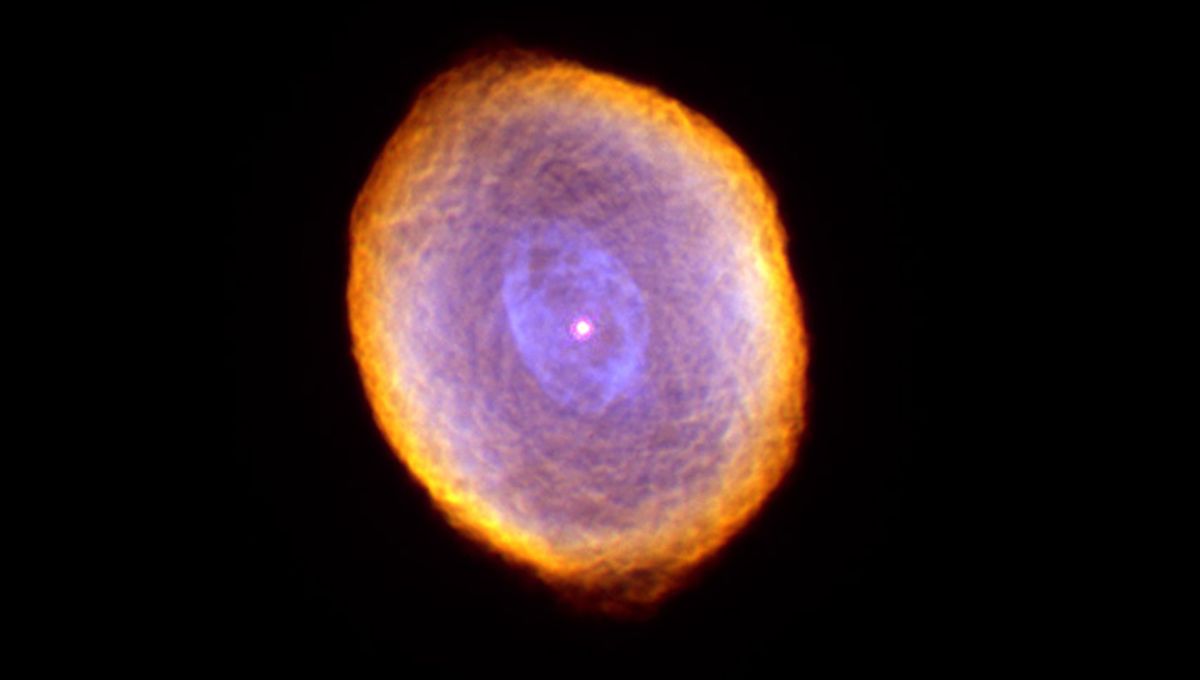
Astronomers have for the first time tracked the transformation of a dying star for over a century. The subject in question is the so-called “spirograph” Planetary Nebula IC418, an aged star that is shedding off its outer layers, forming these beautiful patterns.
The rest of this article is behind a paywall. Please sign in or subscribe to access the full content.
The international team of researchers used observations that started in 1893 to piece together the evolution of this star and how it has been changing for 130 years. They discovered that the nebula’s green light has grown 2.5 times stronger since 1893. The emission is due to oxygen atoms, and it is the same reason why northern and southern lights on Earth are green.
Thanks to this data, researchers learned that the central star’s temperature is increasing. Since Victorian times, the star has gotten 3,000 °C (5,400 °F) hotter. That’s about 1,000 °C (1,800 °F) every 40 years. When the Sun was younger, it too experienced an increase in temperature, but it took 10 million years to get 1,000 °C hotter.
The temperature increase also allowed the team to gain some new insights into the evolution of stars. They measured the mass of the star now, around 57 percent that of the Sun, and then found it was likely between 1.25 to 1.55 solar masses before it started shedding layers. And yet, the star is getting hotter more slowly than the model suggested. The team believes that the star produced carbon, and if this is the case, then carbon-producing stars can have lower masses than previously thought.
“We often ignore scientific data obtained long in the past. In this case, these data revealed the fastest evolution of a typical star that has been seen directly. The past shows that the skies are not as unchanging as we may think,” lead researcher Professor Albert Zijlstra, from the University of Manchester, said in a statement.
Combining 130 years of data was not easy. The Victorian measurements were done by eye, and even the more modern ones used different telescopes. Each measurement had to be verified, calibrated, and combined to be useful. The painstaking work paid off, with insights that wouldn’t be possible without such a range of observations.
“We believe this research is important because it offers unique, direct evidence of how planetary nebulae central stars evolve. It will prompt us to rethink some of our existing models of stellar life cycles,” co-author Professor Quentin Parker from the University of Hong Kong explained.
“It’s been a strong joint effort – collecting, verifying, and carefully analysing more than a century’s worth of astronomical data and then melding that with stellar evolutionary models. It’s a challenging process that goes far beyond simple observation, and we’re grateful for the opportunity to contribute to our field in this way.”
The study is published in The Astrophysical Journal Letters.
Source Link: Final Gasps Of A Dying Star Seen Through A Record-Breaking 130 Years Of Data